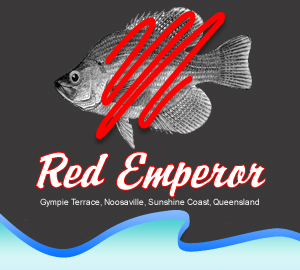Queensland Coastal Habitat
Queensland is Australia's second largest state but its most biodiverse. It has a land area of about 1.7 million km2 and a coastal marine territory of 122,000 km2, with a much larger adjacent Coral Sea Island Territory External that includes the Queensland and Marion Plateaus and their associated "seamounts" capped by coral reefs and atolls, covering an additional 780,000 km2 in area.
Queensland contains five terrestrial climatic zones ranging from temperate to tropical humid, and two marine climate zones inshore (tropical and subtropical). It also has 5 of Australia's 13 World Heritage Areas including the Great Barrier Reef, Wet Tropics and Gondwana Rainforests.
Queensland terrestrial environments are divided into 13 distinct regions (bioregions) differentiated on the basis of their broad landscape patterns such as geology, climate and the plants and animals that form them. These bioregions range from the arid desert uplands to the highly diverse wet tropical rainforests of far north Queensland.
The marine environments surrounding Queensland include 10 marine provinces and 14 of the 60 Australian marine bioregions External, with varied habitats ranging from mangroves to deep sea trenches and abyssal plane, and considered to be the most species-rich marine biome in Australia. These marine and terrestrial bioregions are divided further into numerous ecosystems and habitats.
source : www.qm.qld.gov.au













